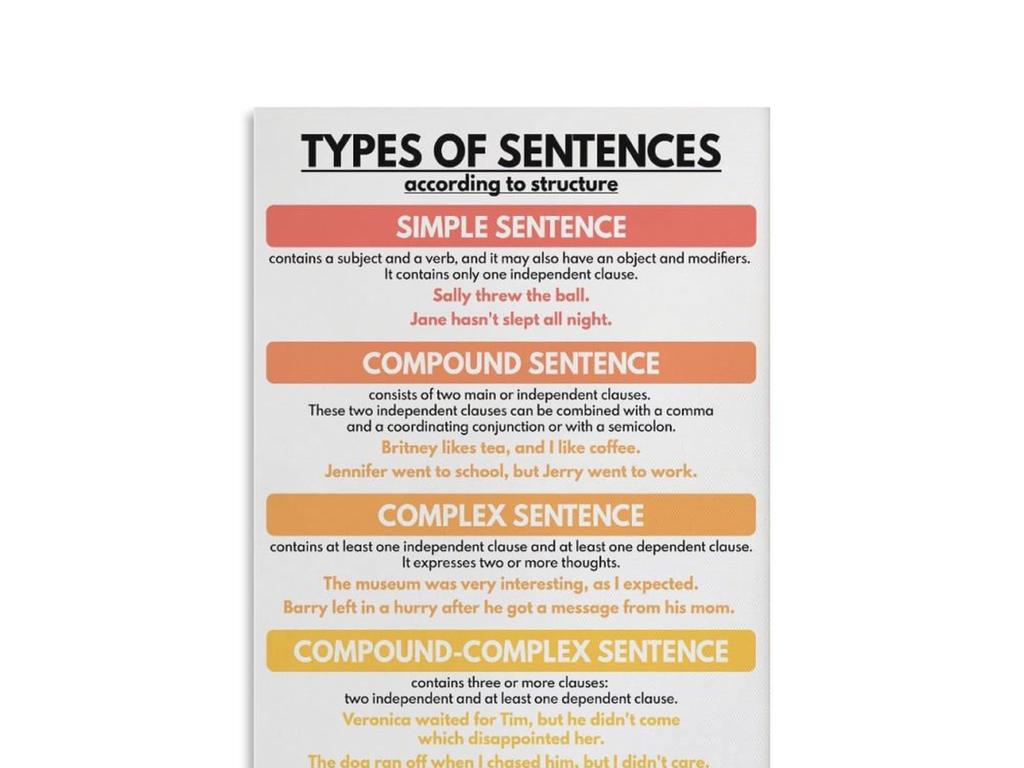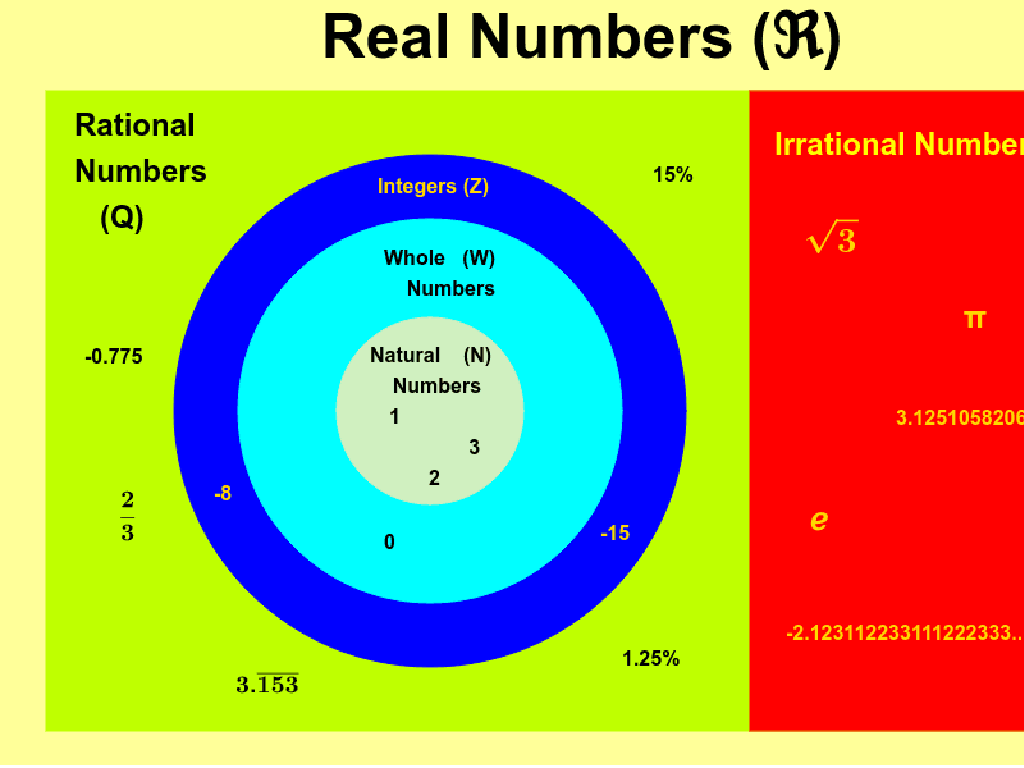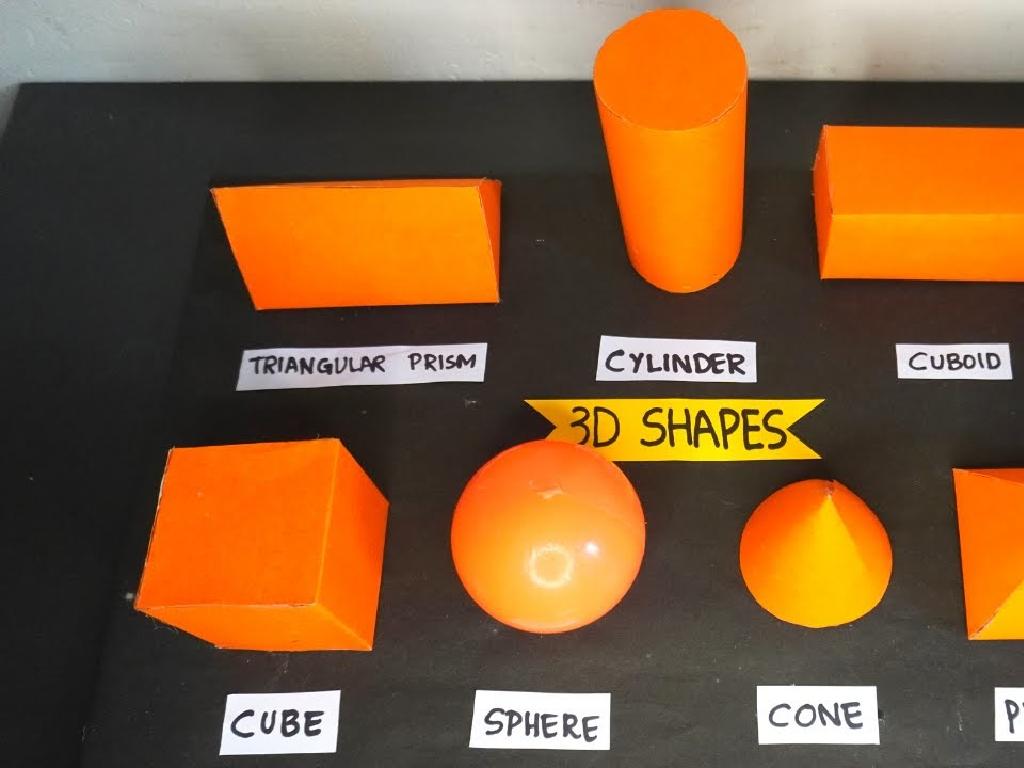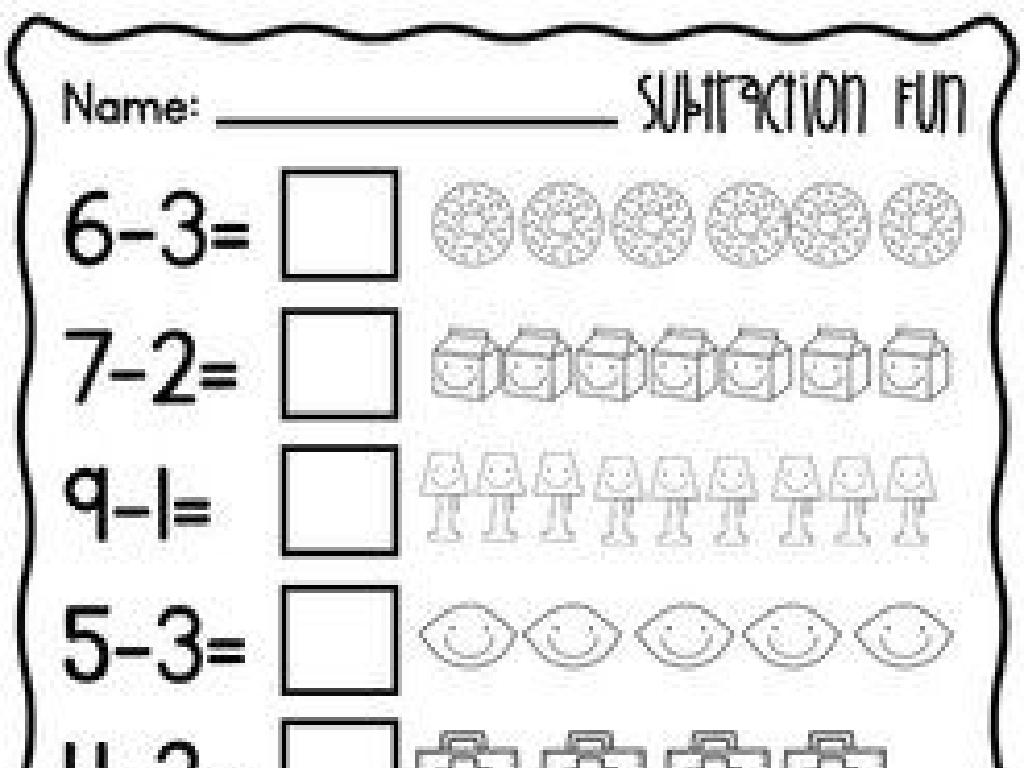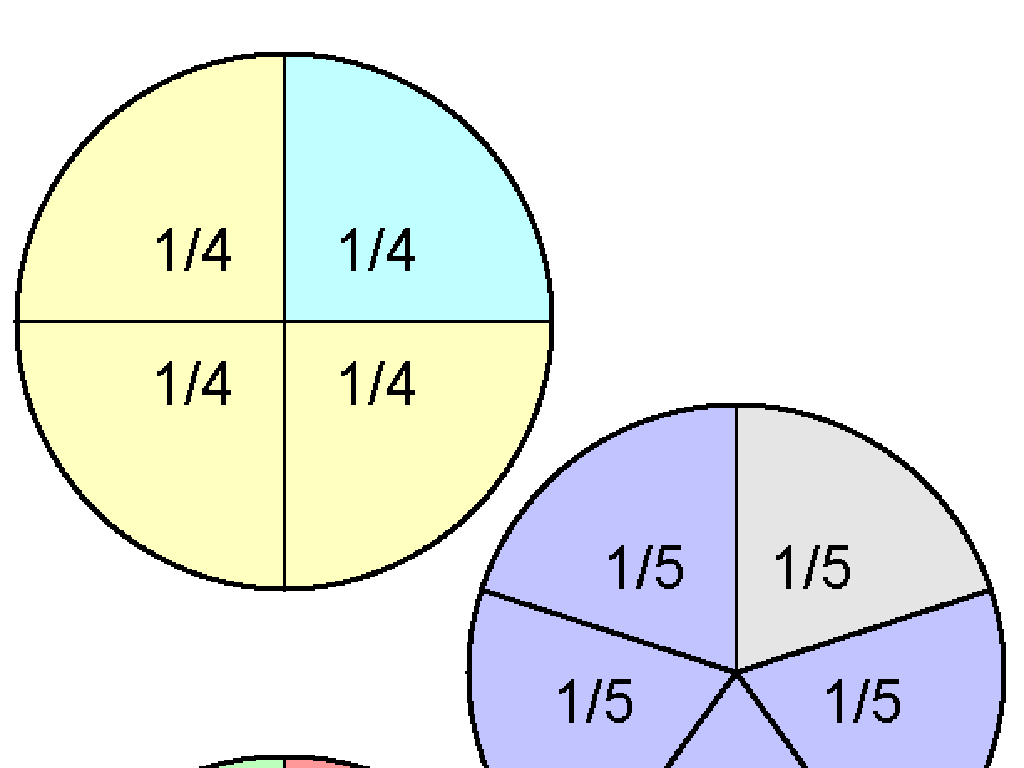Skip-Counting Sequences
Subject: Math
Grade: Third grade
Topic: Skip-Counting
Please LOG IN to download the presentation. Access is available to registered users only.
View More Content
Welcome to Skip-Counting!
– What is Skip-Counting?
– Counting by numbers other than 1, like 2, 5, or 10.
– Benefits of Skip-Counting
– Helps with math like multiplication, telling time.
– Everyday examples
– Using a clock, counting money, or tallying points in a game.
– Practice together
|
This slide introduces the concept of skip-counting, a fundamental skill in elementary mathematics that allows students to count by numbers larger than one. It’s a stepping stone to understanding multiplication and other mathematical concepts. Skip-counting can be seen in various everyday situations such as reading a clock, where we count by 5s to tell minutes, or when dealing with money, where we often count by 10s, 5s, and 1s. Engage the class with interactive examples, such as counting aloud together or using visual aids like number lines or charts. Encourage students to think of other areas where skip-counting is used and to share their thoughts.
Understanding Sequences in Skip-Counting
– What is a number sequence?
– A sequence is an ordered list of numbers
– Finding patterns in sequences
– Look for a rule that numbers follow in a sequence
– How to create number sequences
– Choose a starting number and a rule to make a sequence
– Practice with skip-counting
– Use skip-counting to make sequences like 2, 4, 6, 8
|
This slide introduces students to the concept of sequences in mathematics, specifically within the context of skip-counting. Begin by explaining that a sequence is a set of numbers arranged in a specific order. Emphasize the importance of identifying the pattern or rule that a sequence follows, which could be adding, subtracting, or multiplying by a consistent number. Encourage students to create their own sequences using a rule they decide, starting from any number they choose. Incorporate skip-counting practice to help them understand how sequences can be formed by repeatedly adding the same number. For example, adding 2 each time to get from 2 to 4 to 6 to 8, and so on. This activity will help solidify their understanding of patterns and sequences in a fun and interactive way.
Skip-Counting by 2s
– Counting by 2s together
– Recognize the pattern
– Every second number is counted, like stepping stones
– Examples of skip-counting by 2s
– Start at 2: 2, 4, 6, 8, 10… Notice how we skip every other number?
|
This slide introduces students to the concept of skip-counting by 2s. Begin by counting aloud with the class, emphasizing the pattern that emerges as every other number is counted. Use visual aids like number lines or counters if possible to help students visualize the concept. Provide clear examples on the slide, and encourage students to continue the sequence beyond what’s shown. In the next class, practice skip-counting by 2s with various starting points, and discuss how this skill is useful in everyday life, such as counting pairs of items.
Skip-Counting by 5s
– Count by 5s, like clock minutes
– Recognize the 0 or 5 pattern
– Every number in the sequence ends in either 0 or 5
– Practice with examples
– Examples: 5, 10, 15, 20, 25…
– Apply skip-counting in daily life
– Use this method to tell time or count money
|
This slide introduces students to the concept of skip-counting by 5s, which is a fundamental skill in understanding number patterns and sequences. Emphasize the practical application of this skill, such as telling time with a clock or counting money, as each minute on a clock represents a 5-minute increment and coins such as nickels are worth 5 cents. Encourage students to observe the pattern that numbers in this sequence always end in 0 or 5. Provide several examples and ask students to continue the sequence to reinforce the concept. In the next class, we can have activities where students practice skip-counting by 5s with various interactive exercises.
Skip-Counting by 10s
– Learn to group by 10s
– Grouping objects in sets of 10 can speed up counting.
– Place value system basics
– Each move to the left in a number increases its value tenfold.
– Counting: 10, 20, 30, 40, 50…
– Starting at 10, add 10 more to get the next number in the sequence.
– Practice skip-counting by 10s
– Try skip-counting by 10s with different starting numbers.
|
This slide introduces students to the concept of skip-counting by 10s, which is a fundamental skill in understanding the base-ten number system. Begin by explaining how grouping items by 10s can make counting faster and more efficient. Then, connect this to the place value system, where each place represents ten times the value of the place to its right. Provide examples starting with 10 and increasing by 10s to illustrate the pattern. Encourage students to practice by starting at different numbers, such as 5 (5, 15, 25, 35…), to ensure they grasp the concept of skip-counting in various contexts. The activity will help solidify their understanding of place value and prepare them for more advanced arithmetic operations.
Challenging Patterns in Skip-Counting
– Skip-count by numbers like 3, 4, 6
– Instead of 2s or 5s, try 3, 4, or 6 steps!
– Discover patterns with big numbers
– Example: Skip-counting by 3s
– Start with 3: 3, 6, 9, 12, and so on
– Practice with 4s and 6s sequences
– Can you continue the pattern for 4s and 6s?
|
This slide introduces students to more complex skip-counting sequences beyond the basic 2s and 5s. Begin by explaining that skip-counting can be done with any number, and then focus on patterns when skip-counting by 3s, 4s, and 6s. Use visual aids or manipulatives to help students visualize the sequence. For example, use counters or draw dots to represent skip-counting by 3s. Encourage students to look for and describe the pattern they see. As an activity, have students work in groups to create a skip-counting pattern with larger numbers and share their sequences with the class. Provide additional practice worksheets for skip-counting by 4s and 6s to reinforce the concept.
Interactive Game: Skip and Jump!
– Play to practice skip-counting
– Use the board to count by 2s, 5s, 10s
– Move your piece by 2, 5, or 10 spaces
– Race to the end with correct counting
– Who will be the skip-counting champ?
|
This interactive game is designed to reinforce the concept of skip-counting in a fun and engaging way. Set up a board game in the classroom with spaces numbered for skip-counting by 2s, 5s, and 10s. Students will take turns rolling a die or spinning a spinner to determine which multiple they should use to move their game piece. The goal is to reach the end of the board first by skip-counting correctly. This activity encourages students to practice mental math and helps solidify their understanding of number patterns. Possible variations of the game could include using different multiples for skip-counting, incorporating obstacles or bonuses on the board, or team play. The teacher should facilitate the game, ensuring that each student is participating and applying skip-counting skills accurately.
Class Activity: Skip-Counting Song Creation!
– Combine music with math learning
– Pick a tune for skip-counting lyrics
– Write your own skip-counting song
– Use numbers that skip-count by 2s, 5s, or 10s
– Perform your song in small groups
– Practice and have fun performing with friends
|
This activity is designed to blend creativity with mathematical concepts, specifically skip-counting. Encourage students to choose a familiar tune, such as a nursery rhyme or a popular children’s song, and rewrite the lyrics to include skip-counting sequences. They can work in small groups to write their songs, focusing on skip-counting by 2s, 5s, or 10s. Once the songs are ready, each group will perform their song for the class, which will help reinforce their understanding of skip-counting in a fun and engaging way. As a teacher, be prepared to provide examples of tunes and assist groups in creating their lyrics. Offer positive feedback and encourage other students to participate in singing along during performances.
Wrapping Up Skip-Counting
– Review of skip-counting
– Homework: Create a chart
– Use today’s lesson to make a chart
– Chart for 2s, 5s, and 10s
– Count by 2s, 5s, and 10s up to 100
– Next class: Multiplication link
– Understand how skip-counting relates to multiplying numbers
|
As we conclude today’s math lesson on skip-counting, let’s recap the sequences we’ve learned. For homework, students are to create a skip-counting chart for the numbers 2, 5, and 10. This will help reinforce their understanding of the patterns in skip-counting. Encourage creativity in their charts and suggest they use colors or drawings to make the patterns clear. In our next class, we will delve into how skip-counting is not just a counting tool but also a foundational concept for understanding multiplication. Prepare to show examples of how skip-counting by a number can lead to quick multiplication of that number.

